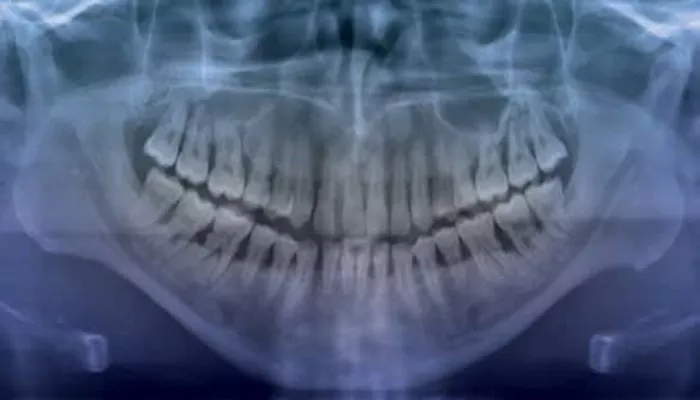Gum diseases, also known as periodontal diseases, are a significant concern in dental health. They affect the tissues surrounding and supporting the teeth, leading to inflammation and infection. These conditions can range from mild forms, such as gingivitis, to severe forms that can result in tooth loss and other health complications. Understanding these diseases is crucial for prevention and management. This article will explore the most common gum diseases, their causes, symptoms, and treatment options.
What Are Gum Diseases?
Gum diseases primarily involve the inflammation of the gums caused by the accumulation of plaque—a sticky film of bacteria that forms on teeth. If not removed through proper oral hygiene practices, plaque can harden into tartar, making it even more challenging to clean. The bacteria in plaque release toxins that irritate the gums, leading to gum disease.
Gum diseases are broadly categorized into two main types: gingivitis and periodontitis. While gingivitis is reversible with good oral hygiene, periodontitis can lead to more severe complications if left untreated.
The Most Common Gum Diseases
1. Gingivitis
Definition: Gingivitis is the mildest form of gum disease. It is characterized by inflammation of the gums.
Causes: Poor oral hygiene is the primary cause of gingivitis. When plaque accumulates at the gum line, it irritates the gums, causing redness and swelling.
Symptoms:
- Red or swollen gums
- Bleeding during brushing or flossing
- Bad breath
Treatment: Gingivitis is usually reversible with professional dental cleaning and improved oral hygiene practices at home.
Regular brushing and flossing can eliminate plaque buildup.
SEE ALSO: The 6 Best Mouthwashes for Treating Periodontal Disease
2. Chronic Periodontitis
Definition: Chronic periodontitis is a more severe form of gum disease that results from untreated gingivitis. It leads to the destruction of the supporting structures around the teeth.
Causes: This condition develops when plaque spreads below the gum line, forming pockets between the teeth and gums that become infected.
Symptoms:
Gum recession (gums pulling away from teeth)
Formation of periodontal pockets
Loose teeth
Persistent bad breath
Treatment: Treatment may include scaling and root planing (deep cleaning), flap surgery to reduce pocket depth, or bone grafts if bone loss has occurred.
3. Aggressive Periodontitis
Definition: Aggressive periodontitis is characterized by rapid attachment loss and bone destruction. It often occurs in healthy individuals without systemic conditions.
Causes: Genetic factors play a significant role in this type of periodontitis. Certain bacteria are also associated with its onset.
Symptoms:
- Rapid loss of gum attachment
- Severe gum inflammation
- Tooth mobility
Treatment: Management often involves more intensive cleaning procedures and possibly antibiotic therapy to control bacterial infection.
4. Necrotizing Periodontal Disease
Definition: This is a severe form of periodontal disease that causes tissue necrosis (death) in the gums.
Causes: It is often associated with systemic conditions like HIV/AIDS or malnutrition. Stress and smoking are also contributing factors.
Symptoms:
Ulcerated gums
Painful chewing
Foul odor from the mouth
Treatment: Immediate professional care is essential. Treatment may include debridement (removal of dead tissue), antibiotics, and improved oral hygiene practices.
Periodontitis as A Manifestation of Systemic Diseases
Definition: This type of periodontitis occurs in individuals with systemic health issues such as diabetes or heart disease.
Causes: The presence of systemic diseases alters immune responses, making individuals more susceptible to infections, including gum disease.
Symptoms:
Similar to chronic periodontitis but may progress more rapidly due to underlying health issues.
Treatment: Comprehensive treatment involves managing both periodontal health and the underlying systemic condition.
Risk Factors for Gum Diseases
Several factors increase the risk of developing gum diseases:
Poor Oral Hygiene: Inadequate brushing and flossing lead to plaque buildup.
Smoking and Tobacco Use: These habits impair blood flow to gums, hindering healing.
Genetic Predisposition: A family history of gum disease increases susceptibility.
Hormonal Changes: Conditions such as pregnancy or menopause can make gums more sensitive.
Chronic Diseases: Conditions like diabetes can affect gum health significantly.
Medications: Certain medications can reduce saliva flow, increasing plaque buildup risk.
Prevention Strategies
Preventing gum diseases involves consistent oral hygiene practices:
Brush at least twice a day using fluoride toothpaste.
Floss daily to remove plaque between teeth where a toothbrush cannot reach.
Schedule regular dental checkups for professional cleanings and assessments.
Avoid tobacco products to enhance overall oral health.
Maintain a balanced diet rich in vitamins and minerals to support gum health.
Conclusion
Gum diseases are prevalent but manageable conditions that can significantly affect oral health if left untreated.
Understanding their types—gingivitis, chronic periodontitis, aggressive periodontitis, necrotizing periodontal disease, and periodontitis as a manifestation of systemic diseases—can help individuals recognize symptoms early and seek appropriate treatment. Regular dental visits combined with diligent oral hygiene practices play a crucial role in preventing these diseases and maintaining overall health.
Related topics:

